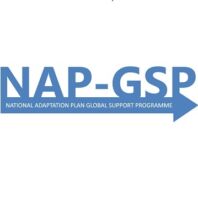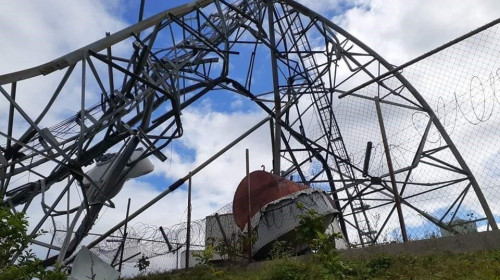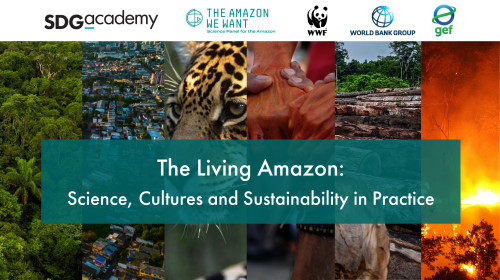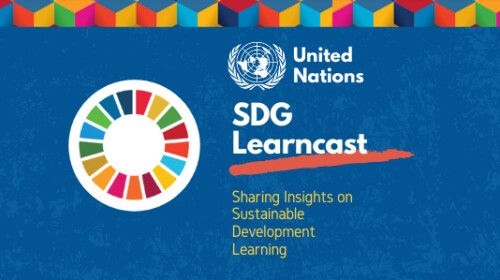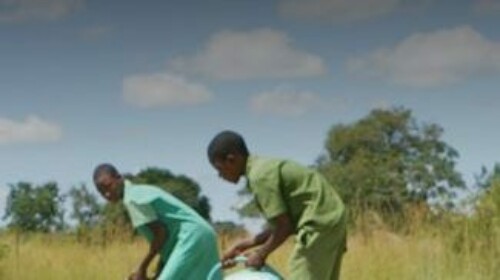The effects of climate change are observed through the scarcity or abundance of water which in turn has serious impacts on other key socio-economic sectors such as health, agriculture, energy and infrastructure. For any climate change adaptation planning to be done, it will be important for these sectors to consider their linkages with water resources.
This tutorial is a learning initiative of the UN Institute for Training and Research (UNITAR) as part of the National Adaptation Plan Global Support Programme (NAP-GSP). It is part of the support to the NAP Toolkit to the face-to-face training package. The NAP-GSP is a joint programme, implemented by UNDP and UN Environment, in collaboration with other UN Agencies to assist countries with their NAP processes. The programme is funded through the Global Environment Facility (GEF) Least Developed Countries Fund (LDCF) and Special Climate Change Fund (SCCF).
This course does not have a learning assessment therefore, a certificate will not be issued.
Target Audience
- The engaged public and practitioners with an interest in better understanding the cross-sectoral linkages between water resources and climate change.
- Policy-makers wanting to increase their understanding on how an integrated approach to water management can help adaptation across sectors and how it can be an entry-point for their National Adaptation Plans (NAPs).
- Policy-makers and experts attending the NAP-GSP face-to-face regional training on “Mainstreaming climate change adaptation into water resources”.
Learning Objectives
By the end of this tutorial, you will be able to:
- Describe the importance of mainstreaming climate change adaptation into water resources;
- Explain the cross-sectoral linkages between water and other sectors;
- List at least two approaches that can be entry-points to mainstreaming climate risks through the NAP process.


